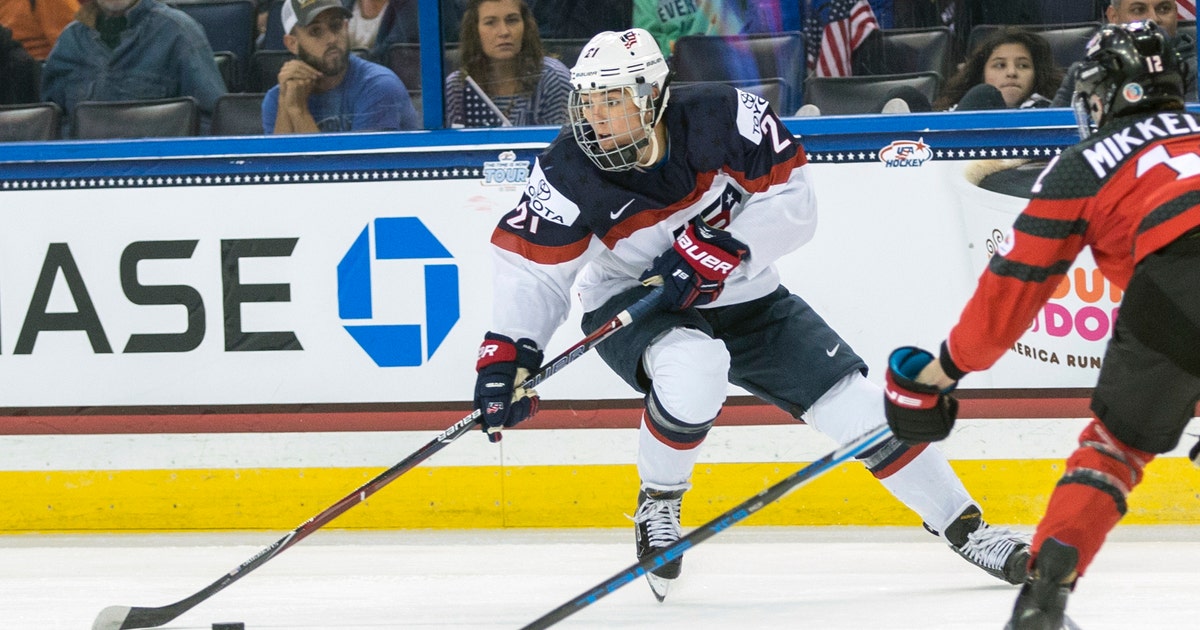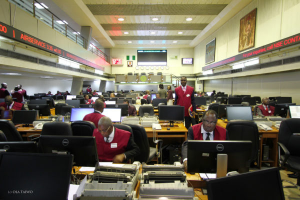Players demand say in women’s hockey future after CWHL folds


Hilary Knight put aside the jet lag and fresh memories of helping the United States win its latest world hockey championship to begin looking ahead to next season.
Yes, the star forward intends on playing professionally in October. The only question Knight can’t answer is where.
“Yeah, exactly,” she told The Associated Press by phone this week, shortly after returning home to Idaho after a 2-1 shootout victory over host Finland in the gold-medal game Sunday.
With a laugh, she added: “My mom would love to know that, too.”
Knight is suddenly one of some 100 players without a place to play after the six-team Canadian Women’s Hockey League last month abruptly announced it was ceasing operations as of May 1. Knight had just completed her first full season playing for the CWHL franchise in Montreal after spending two seasons with Boston of the U.S.-based National Women’s Hockey League.
Knight is in no hurry to rush back to the NWHL, acknowledging she left the league in part by how the league operated, including cutting players’ salaries in half a month into the 2016-17 season. With the CWHL’s collapse due to financial reasons, the 29-year-old said she prefers taking a contemplative step back before determining what’s best for her and the sport.
“I don’t think either model has it figured out, to be honest,” Knight said, referring to the CWHL, which operated as a nonprofit, and the private investor-backed NWHL.
“We want to be confident in something we’re endorsing, and that’s one of the reasons I moved to the CWHL,” she added. “And now, there’s a lot of different open doors, and we just have to figure out which makes sense for the future.”
Knight isn’t alone.
The five-team NWH swiftly announced its intention to expand to Toronto and Montreal next season, but players on both sides of the border are using the CWHL’s demise as a starting point for a big-picture discussion on the game’s future, and demanding they have a say in it.
“I think it’s kind of opened our eyes to something that we always knew was there, and to seize the opportunity to really ask for more for our sport,” said goalie Liz Knox, the CWHL Players’ Association co-chair.
“I see more often, women, especially female athletes, being told to be grateful for opportunity. And certainly we are,” she added. “But at some point that line of being grateful has to be broken to ask for more or to demand for more. … There’s got to be better out there for us.”
Without going into detail, the 30-year-old Knox said there have already been “a handful” of proposals kicked around in the three weeks since the CWHL announcement. Players and CWHL executives have been communicating via email and text, and Knox expects those discussions to ramp up now that the world championships are over.
Though time is an issue with NWHL teams preparing to restock their rosters next month, Knox said players need to present a united front in knowing they have leverage in determining their futures.
It’s a moment not much different than two years ago, when Team USA players won pay raises after threatening to boycott competing in the world championships being held on U.S. soil.
“Certainly, what the U.S. girls did was courageous to say the least,” Knox said. “But that’s very much the situation we’re in.”
As for the NWHL, Knox said she doesn’t have firsthand knowledge of what the plusses or minuses might be in joining the rival league. She does question whether players will eventually find themselves having the same struggles making ends meet.
“The NWHL seems comfortable. And maybe some players want that,” Knox said. “So I’m not saying, ‘No.’ But I’m also saying if given the opportunity for more, I think most players would take that.”
Ultimately, she said, the decision mostly rests on both countries’ national team players because they have the most invested in the game.
The NWHL released a statement to the AP saying it “understands the players’ desire to consider all options, and we are in the process of communicating with them about our plans for the upcoming season.” The league is also open to addressing questions or ideas players might have.
The NWHL declined to provide any updates on its expansion plans into Canada, while noting the next season opens in less than six months.
“There is a lot of work to be done in a brief time,” the NWHL said. “The opportunity for professional women’s hockey in North America is enormous, and the NWHL is committed to building the league that the players and fans deserve.”
In an email to the AP, U.S. national team member Jocelyne Lamoureaux-Davidson said players are on the same page. She added joining the NWHL “is too simple to assume” but only time will tell.
Lamoureaux-Davidson also noted how players have been outspoken in having the NHL play a role in overseeing a pro league.
Though the NHL financially supports women’s pro hockey, it has been cautious in taking a larger role. Commissioner Gary Bettman previously said the league was hesitant about assuming control of the CWHL or NWHL or both because, as he put it, “we don’t believe in their models.” He emphasized the importance of starting with a clean slate.
CWHL interim Commissioner Jayna Hefford believes the NHL stepping in is the ultimate answer.
Though disappointed by the CWHL’s demise, Hefford said the announcement has provoked serious discussion over the sport’s future.
“This certainly appears to be the end for the CWHL, but I’m extremely optimistic for what will happen down the road,” Hefford said. “I think it’s time for change in women’s sports, and we don’t know what that change is yet. But I certainly believe the players need to be strong in what they want.”






